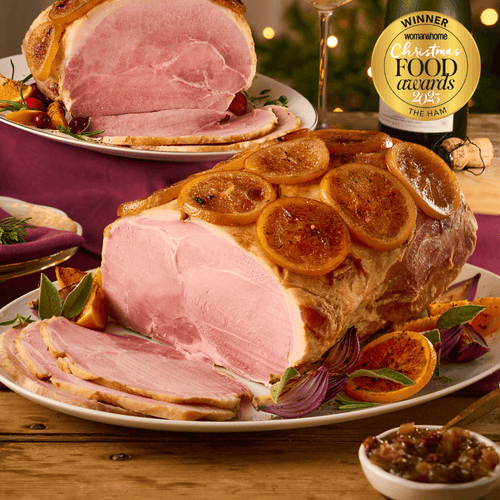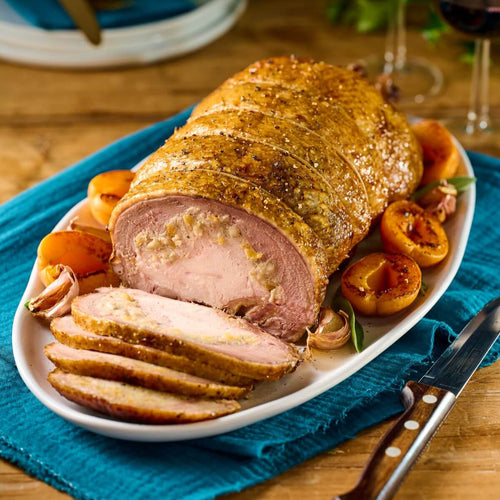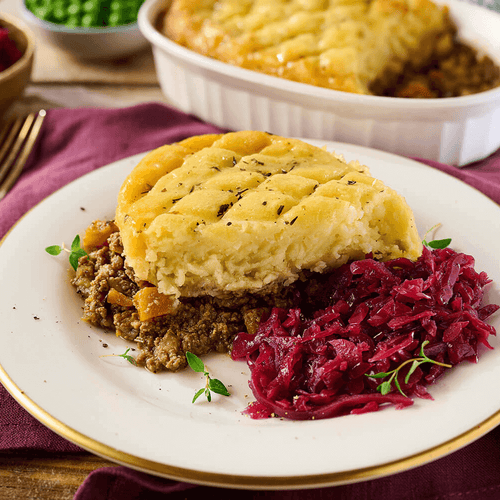A grazing board is an edible centrepiece full of seasonal ingredients, artisanal products and decorative accents to stun your guests. Surpassing average finger food, the perfect grazing board should make your guest feel compelled to pull out their camera and capture the board, feeling spoiled for choice as they dive in.
Freedom is key when creating a grazing platter and finding an exact recipe isn’t essential. However, if you’re wondering how to make a grazing board you will need to get creative with a variety of fruit and vegetables, cheese and meat. Follow our steps to create the perfect grazing board - we hereby give you permission to play with your food!





